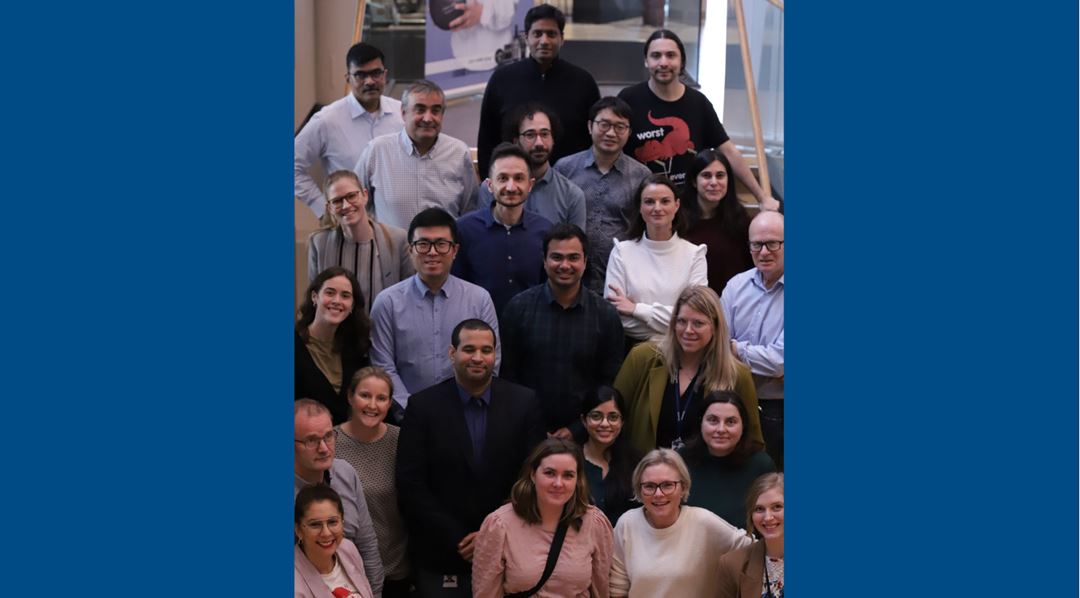
NCS C+ – The Norwegian Continental Shelf: A Driver for Climate-Positive Norway
NCS C+ holds second technical meeting in Trondheim

Pathways for climate-positive technologies
To achieve the net-zero targets set by Norway, Europe and many others, three pathways must be considered:
- Preventing greenhouse gas formation by using renewable and nuclear energy,
- Avoiding greenhouse gas emissions by capturing and storing the resulting CO2 (CCS), and
- Removing greenhouse gases from the atmosphere through, for example, afforestation, direct air capture, bioenergy used with CCS, etc.
While the first and second pathways are currently the most developed, the third pathway is being more and more discussed and is the focus of the NCS C+ project.
In particular, the project focuses on four climate-positive technologies:
- Converting algae and/or waste bio-resources into hydrogen and/or heat with CCS,
- Removing CO2 from seawater,
- Removing CO2 from the air (often referred to as DAC), and
- Removing methane from the air.
Facilitating exchange and collaboration across the project
The day mainly consisted of presentations and discussions on different topics from the different activities happening in the project from investigating a novel energy supply strategy for direct air capture (DAC) technologies, to deploying an algae farming facility in the Trøndelag region, and examining the Norwegian framework for ocean-based carbon dioxide removal (CDR) technologies. These were followed by plenty of opportunities for questions in order to facilitate collaboration across the entire project.
In addition, Amy Brunsvold held a workshop where project participants were divided into groups according to the different climate-positive technologies to discuss opportunities and challenges for the Norwegian industry.
Preparing the technology to achieve the required levels by 2050
“There is no doubt in our mind that preventing greenhouse gas formation and preventing produced greenhouse gases being released into the atmosphere are the most important and cost-efficient pathways for combating global warming,” said Simon Roussanaly, NCS C+ project leader. “However, if we do not develop climate technologies quickly, it will be very difficult to achieve the levels of negative emissions required to achieve the net-zero by 2050 target.”